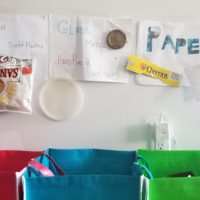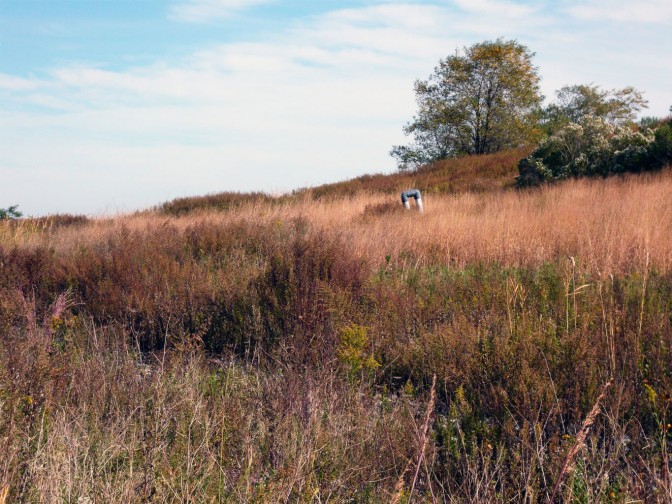Take Flight with Grassland Pollinators
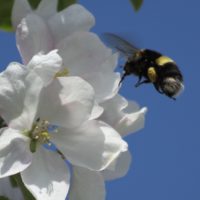
How many pollinators can you name? Honeybees are the world’s most famous pollinators, but they’re not the only ones. Pollinators include insects, birds, bats, and even some reptiles. Some pollinators are generalists, meaning they will pollinate all plants, while others only pollinate specific species.
...MORESeed Send-Off
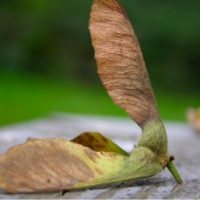
Can plants move? Plants can’t walk, but they have to “move” to reproduce and find successful habitat for growth. Pollinators, like Barry in Bee Movie, help plants reproduce by carrying pollen from one plant to another. Seeds have evolved structures similar to parachutes, helicopters, and fasteners to move across their habitats.
...MOREWhat’s the Buzz on Bee movie

All life is supported by pollinators. Pollinators are essential for plant reproduction because they move pollen from one part of the plant to another which helps the plant produce seeds. Bees are one of the most well-known pollinators on the planet, but flies, butterflies, bats, and birds also play an important role in plant reproduction.
...MOREFreshkills Grasslands: Good for the Birds, Good for the Climate

As we celebrate the 20th anniversary of Earth Day, we are thinking about climate change and what we can do to alter its course and mitigate its impacts. One surprising result of the current Covid-19 pandemic is that we are seeing some of the changes that can happen relatively quickly from a drastic reduction in our carbon emissions.
...MOREWaste Less, Green More at Home for Earth Day

Today, April 22, 2020, marks the 50th anniversary of Earth Day. Millions around the world are mobilizing to address the climate crisis. In addition to supporting policies to reduce carbon emissions, we can take small actions at home to live more sustainably.
...MOREA Troll in Central Park. Rated G for Green

This Wednesday, April 22, marks the 50th anniversary of Earth Day. The first Earth Day, organized in 1970, responded to the increased recognition of the dangers of pollution and limited environmental protections. Millions of Americans protested and took action for the planet.
...MORETrash Reimagined: 5 Down-to-Earth Upcycling Artists

Single-use plastic was introduced soon after the Fresh Kills landfill opened in the 1940s. Instead of reducing or reusing, Americans began to love the ease of just throwing things away. No need to wash the dishes- just toss them! The increase in disposable items and the accompanying rise of “throwaway culture” was one factor that led to the Fresh Kills Landfill’s growth.
...MOREHear The Wind with Upcycling
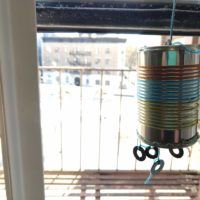
Spring is in the air. At Freshkills Park that usually means the beginning of spring field trips and tours, but because we are social distancing, we’re bringing some of our favorite projects to you at home. Earlier this week Ariel from The Little Mermaid inspired us to decorate with things she scavenged.
...MOREPart of Your World: From Trash to Treasure
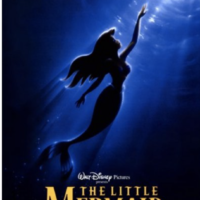
Freshkills Park, once the world’s largest landfill, has been reclaimed and transformed into native grasslands. Landfills are not a sustainable technique for managing our waste and we need to explore alternatives for reducing our household waste streams to minimize and eventually eliminate the need for them.
...MOREWhat is in NYC’s Trash?
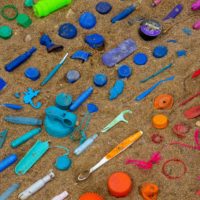
Picture this: You’re finishing up a carton of milk. You pour out the last drop and rinse it out. Then, you walk over to your home recycling station to decide where the carton should go. Trash? Paper and cardboard? Glass, metal, and plastic?
...MOREWaste Today, WALL-E’s Tomorrow

Unless you grew up near a landfill, like Fresh Kills, the average person doesn’t think twice about their trash once it’s picked up. However, all trash still has to go somewhere, and most of it isn’t designed to break down for hundreds of years.
...MOREWomen’s History, New York, and Park Statues

This year, America reflects on the centennial anniversary of the 19th amendment, which gave women the right to vote. New York State is the birthplace of the formal women’s rights movement and many prominent suffragettes. Recently, in recognition of the need to celebrate these women and more generally, to erect more statutes honoring women, New York City is designing and installing statutes of prominent women.
...MORENorth Park Coming Spring 2022

North Park Phase 1 has a new completion date. Construction slowed over the last year as the contractor worked to find sources of fill material that meet the stringent standards established for the new park by the NYS Department of Environmental Conservation.
...MOREBioplastic, It’s Fantastic?
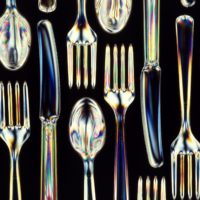
As demand for plastic is on the rise and recycling efforts can only repurpose about 9% of generated plastic, scientists, engineers and producers are looking for green solutions to our petroleum plastic dependency. While bioplastics have been around for about 100 years, there has been a recent surge of interest in them.
...MOREEducation Programming Coordinator: Rachel Aronson

Rachel Aronson is the Education Programming Coordinator for Freshkills Park. She loves spending time with kids and being outside, and she is passionate about improving access to parks in urban spaces. Rachel has worked as a classroom teacher, environmental educator, and manager of the Hazon Seal of Sustainability, a sustainability program for organizations.
...MOREThe 411 on Cell Phone Sustainability

Cell phones are an everyday item and an almost unavoidable necessity in our society. In 2018, it was estimated 1.5 billion phones were produced with more cell phones active than people on the planet. Unfortunately, our increasing reliance on cell phones poses a number of environmental and social problems.
...MOREIt’s All Downcycled From Here

Recycling gives some plastics a second or third life but ultimately recycling just delays the inevitable: all plastic is destined for the landfill. While recycling systems have been developed for plastics that are commonly used and easily broken down, typically #1 and #2, technical and economic factors as well as smaller volumes have prevented recycling of other plastics such as #3 and #7.
...MOREAfter the Recycling Bin
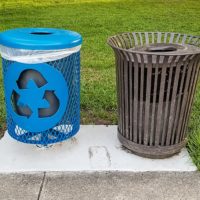
With all the talk about recycling, do you know what those numbers on your plastic containers mean? Recycling is a great way to reduce demand for plastics, but it’s not as simple as putting your bottles in a blue bin. Different kinds of plastics are created for different purposes, and post-consumer plastics need to be managed in different ways.
...MORE

